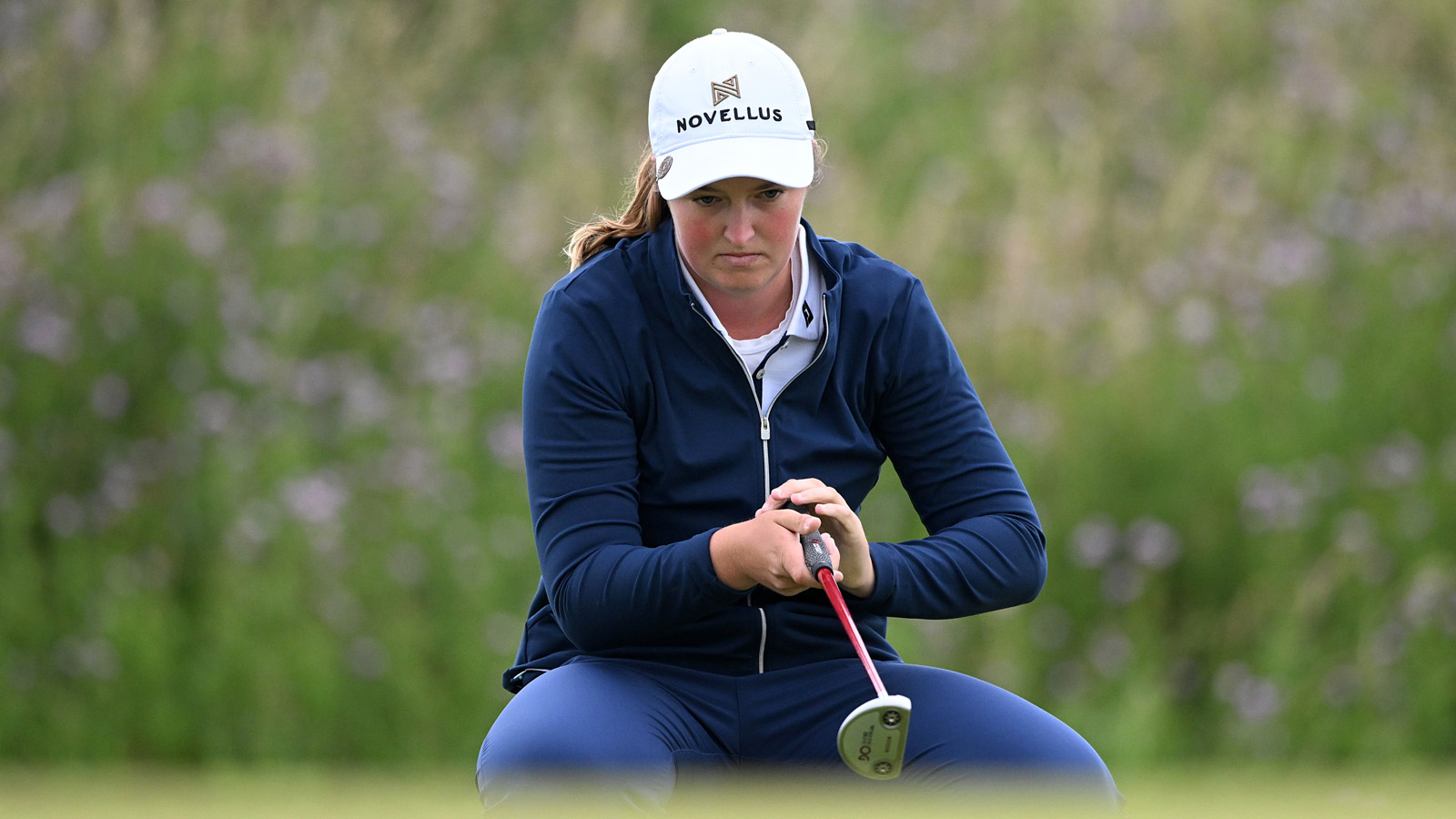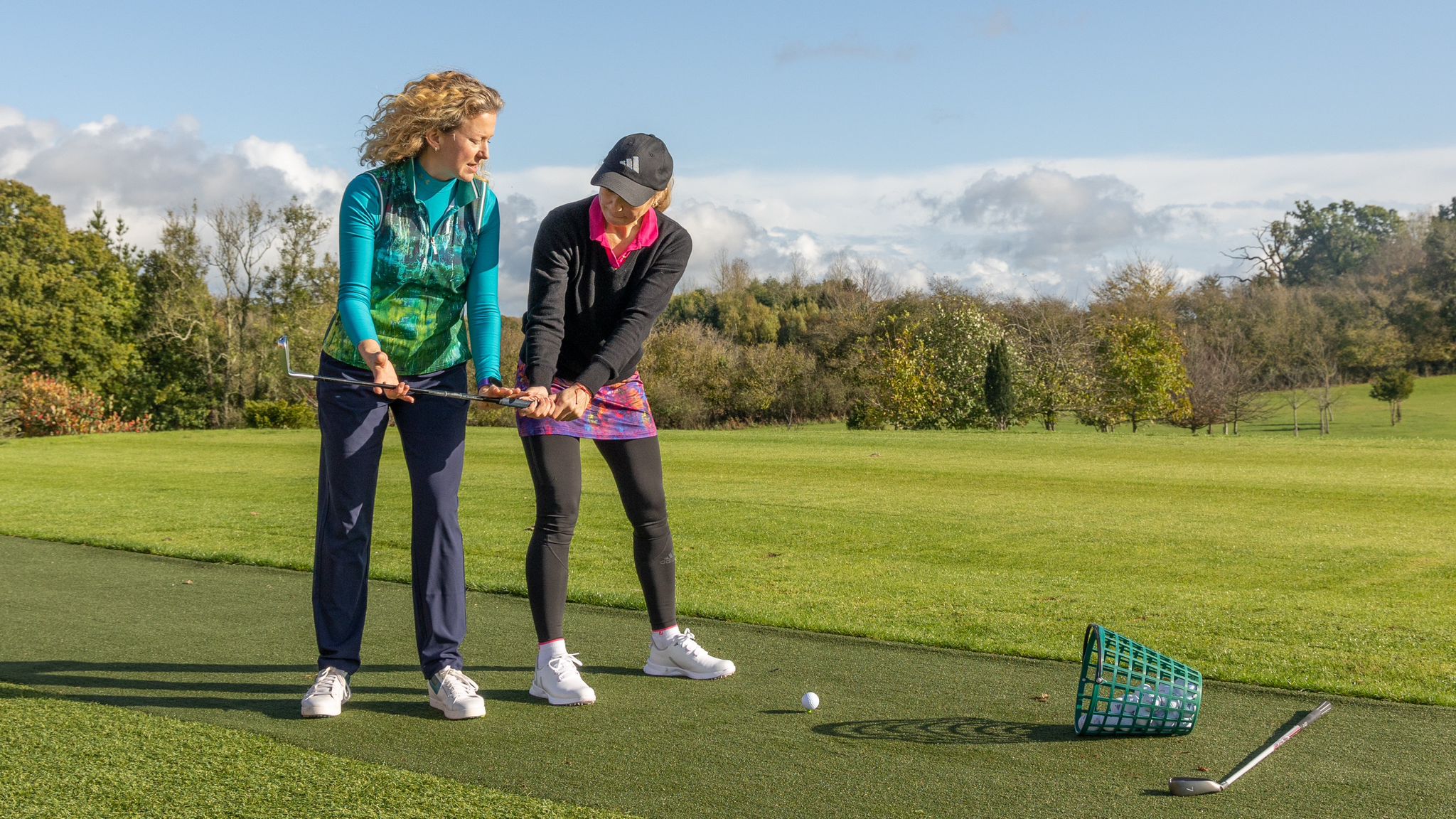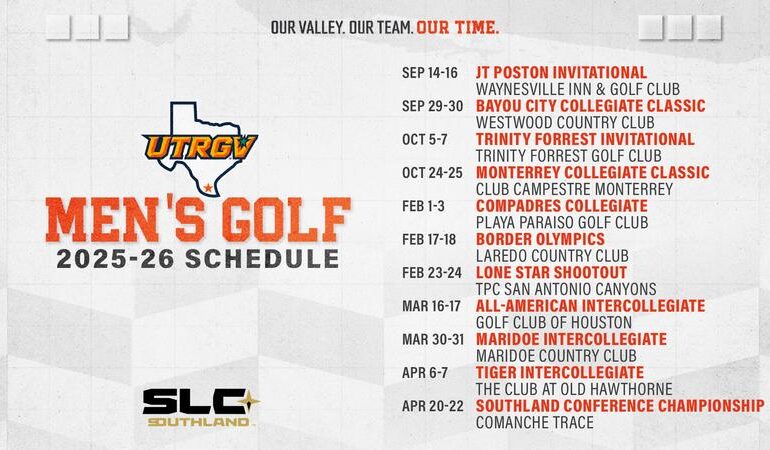I’ll never forget the first time I attended a county coaching session because the coach made a radical change to my grip. Up until that point I held the golf club like a baseball bat with a 10-finger grip, my hands were not connected via an interlock or overlap.
I’d only ever had group lessons with other juniors on a Saturday morning so my swing technique was just beginner basics. Then all of a sudden a county coach wanted to completely change the way I held the club. The change took me the best part of 12 months of torture to get comfortable with, and a plethora of terrible scores, whilst I was quite literally getting to grips with my new grip.
On reflection, if I’m honest, I’m extremely grateful that the county coach made this radical change because I realise now that holding the club incorrectly would have completely hindered my ability to get down to a low single figure handicap, play for my county and compete in many national events over the years.
You may like
However, I’ve always felt that learning golf should be kept as simple as possible and having multiple sources of information, especially in those formative years of learning, can lead to unnecessary complication and confusion. And yet it seems to be the modern formula for success.
Although in the amateur ranks, on more than one occasion, I’ve seen young girls whose games have fallen apart after being filled with advice from differing sources, from club to county to national coaching.
Nevertheless, the young players emerging on tour these days nearly all have entire coaching teams. It was very evident in Lottie Woad’s social media announcement when she recently turned professional. In her turning pro post she thanked about half a dozen different coaches from her long-time swing coach PGA professional Luke Bone, at her home club Farnham, to the multiple coaches in the England Golf set-up who have helped develop her game, along with her USA college team coach.

(Image credit: Getty Images)
Mimi Rhodes is another example. When Golf Monthly interviewed her earlier this year, she rattled off a long list of those on her coaching “team” she credits for helping her on her path to golfing glory on the Ladies European Tour.
As far as I’m concerned, this complicated approach to learning will only suit the minority of extremely talented players who can cope with information overload and have the practice ethic to put in the hours of work required to make it work. The England Golf set-up is successful because the coaches liaise with each other for the benefit of the player to avoid a conflict of advice.
At club level, I would always advocate that you take a much simpler approach to learning and find a coach that you like, build a rapport with them and stick with the same person. An occasional fun group lesson on something specific like putting, also won’t harm. But try to steer clear of switching from coach to coach just to see what they say as that will lead to swing analysis paralysis.
Of course finding the right coach, much like online dating, might require a trial and error approach! But we are all unique individuals who learn in different ways. Some coaches are technical, using multi-camera swing systems to film your move, others take a more instinctive or holistic approach to learning, which will appeal to players who like to learn by feel. So have fun finding the right coach for you and then stick to them.







